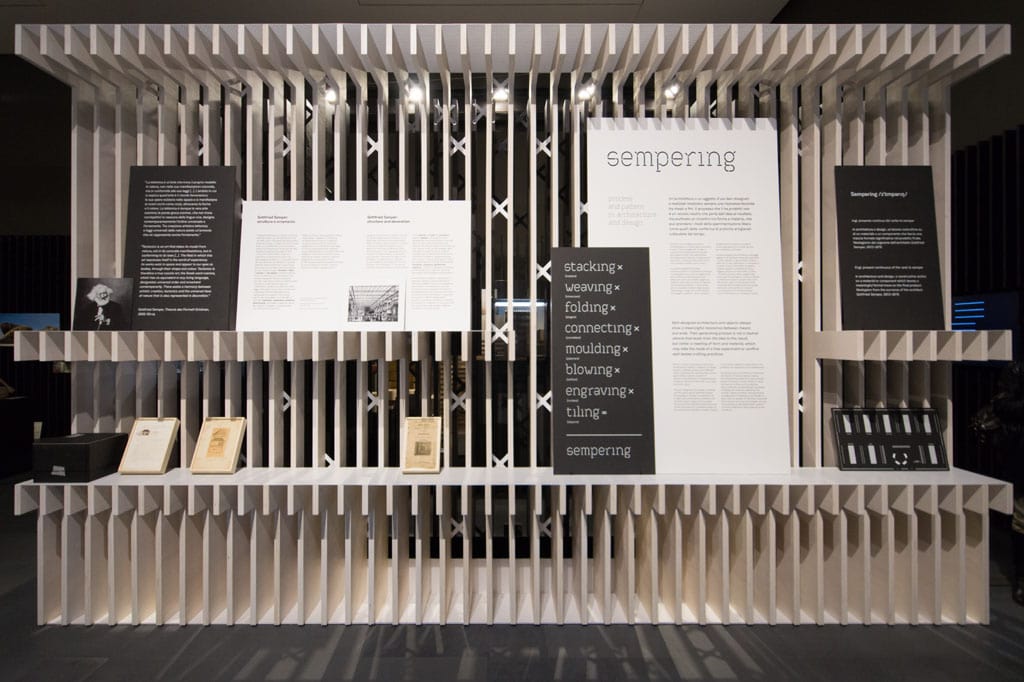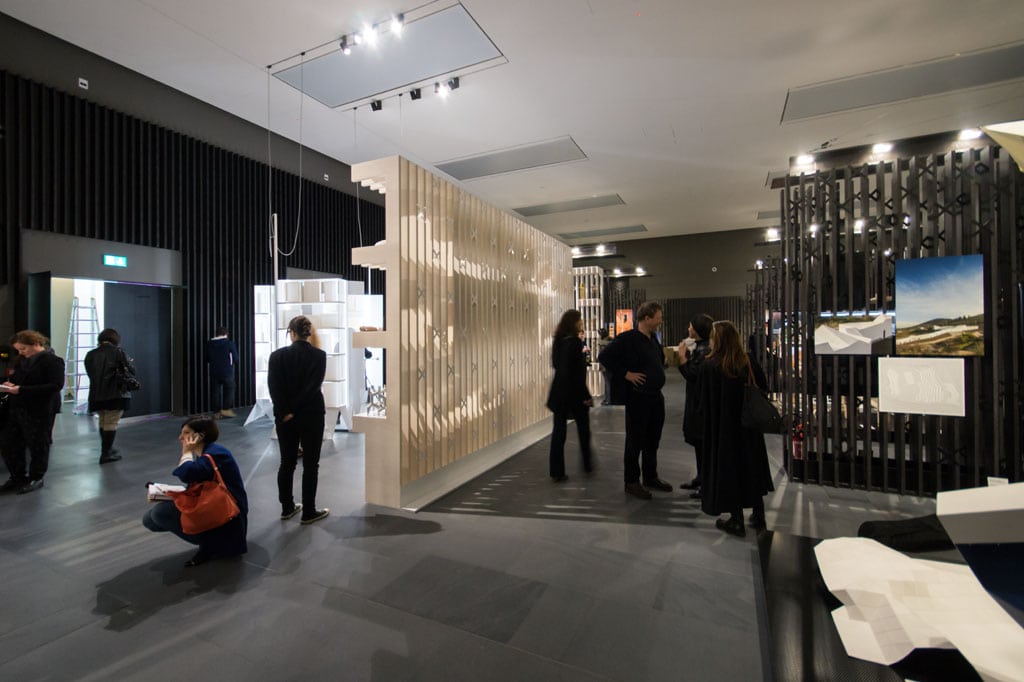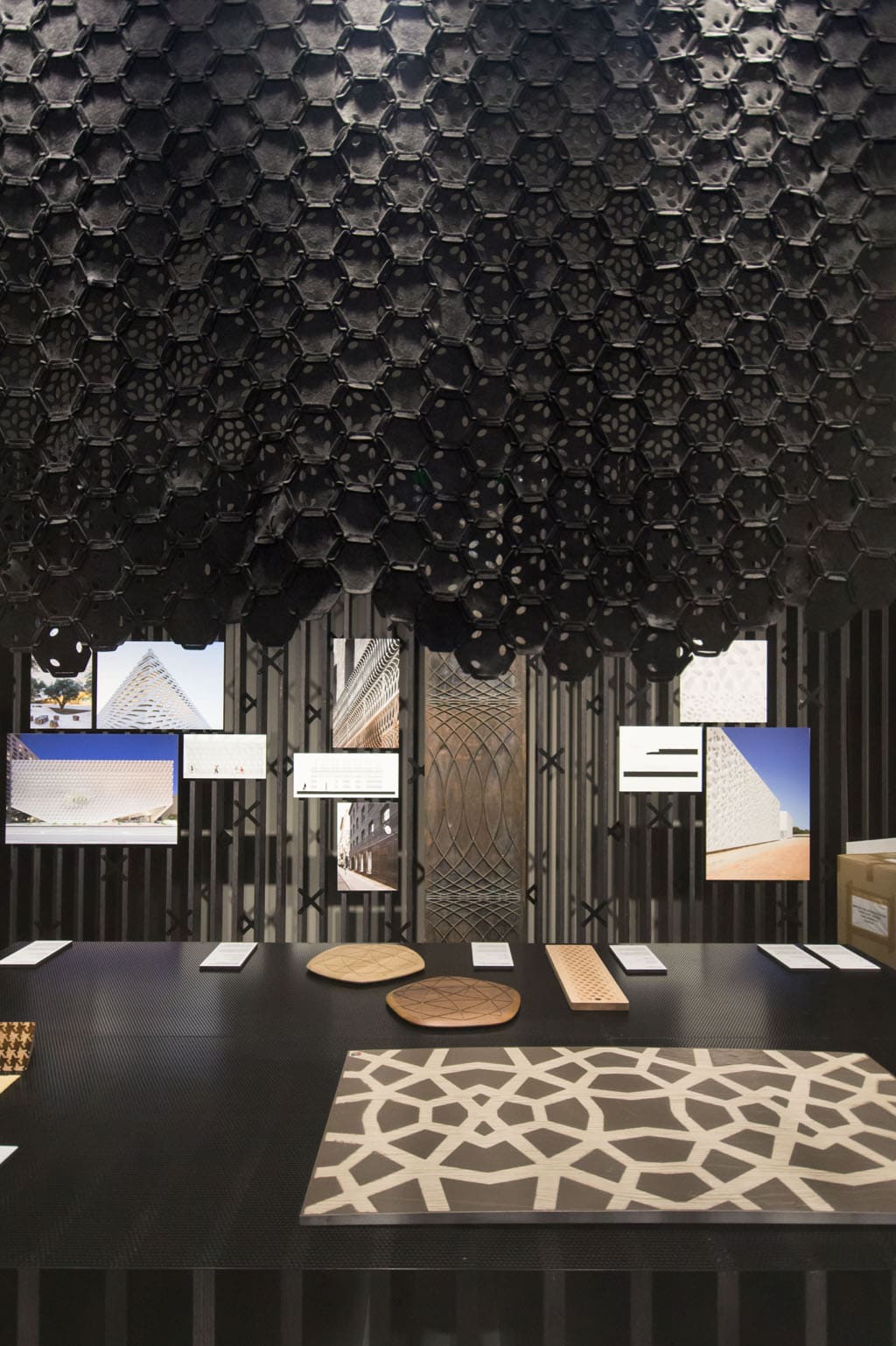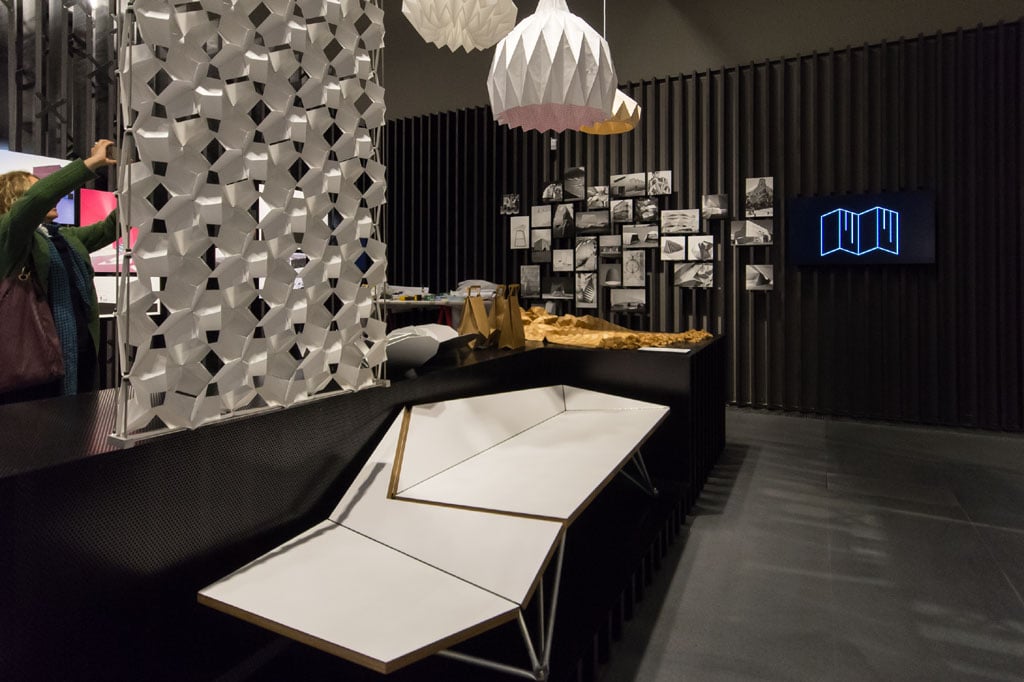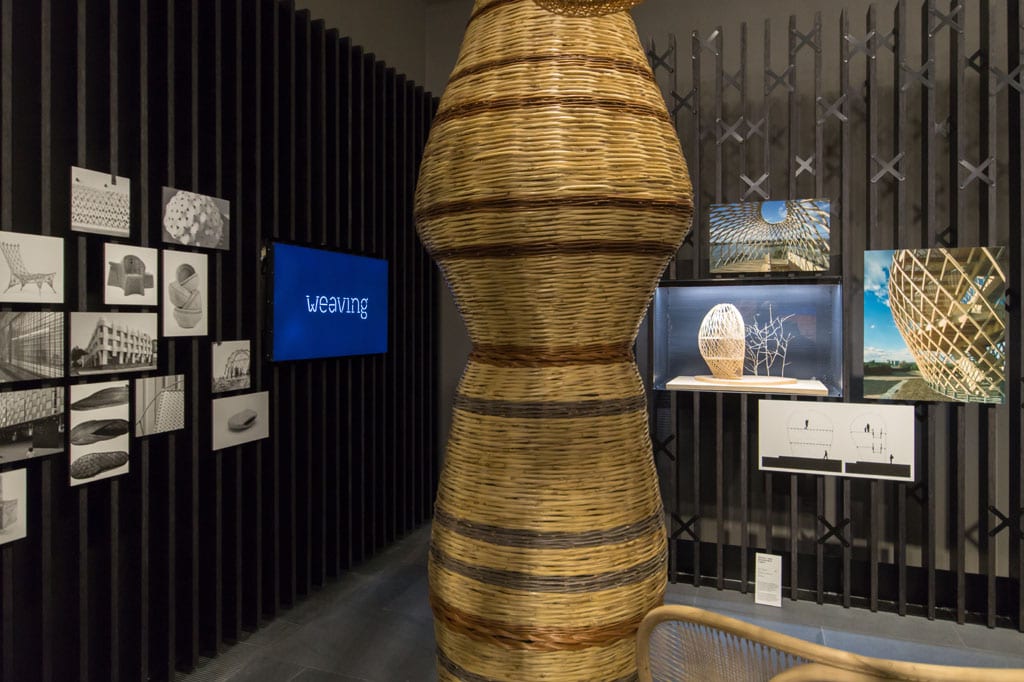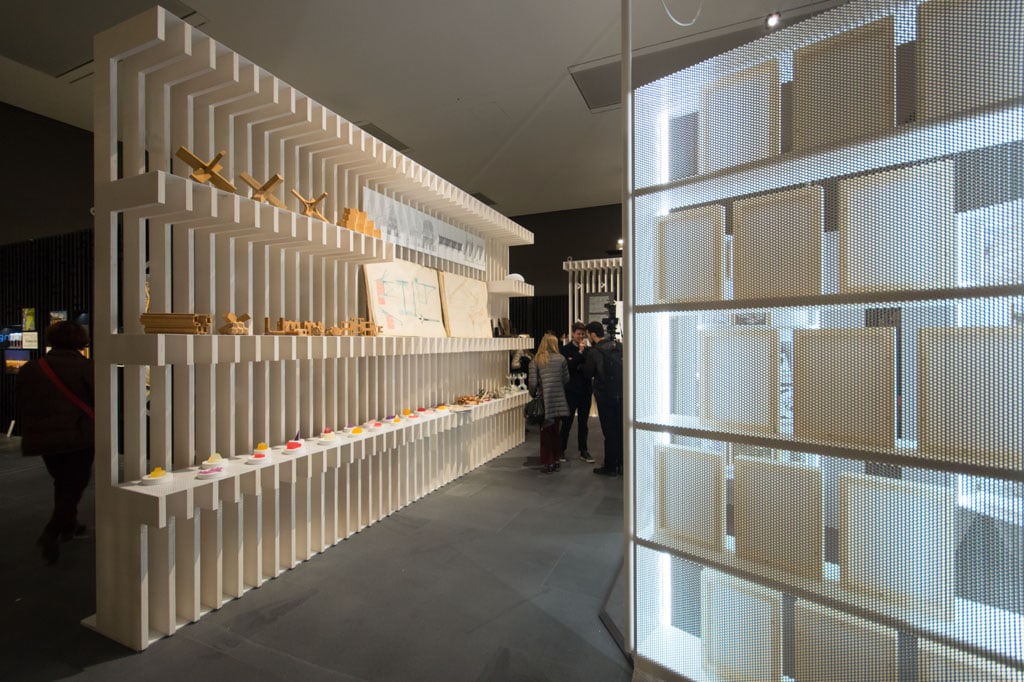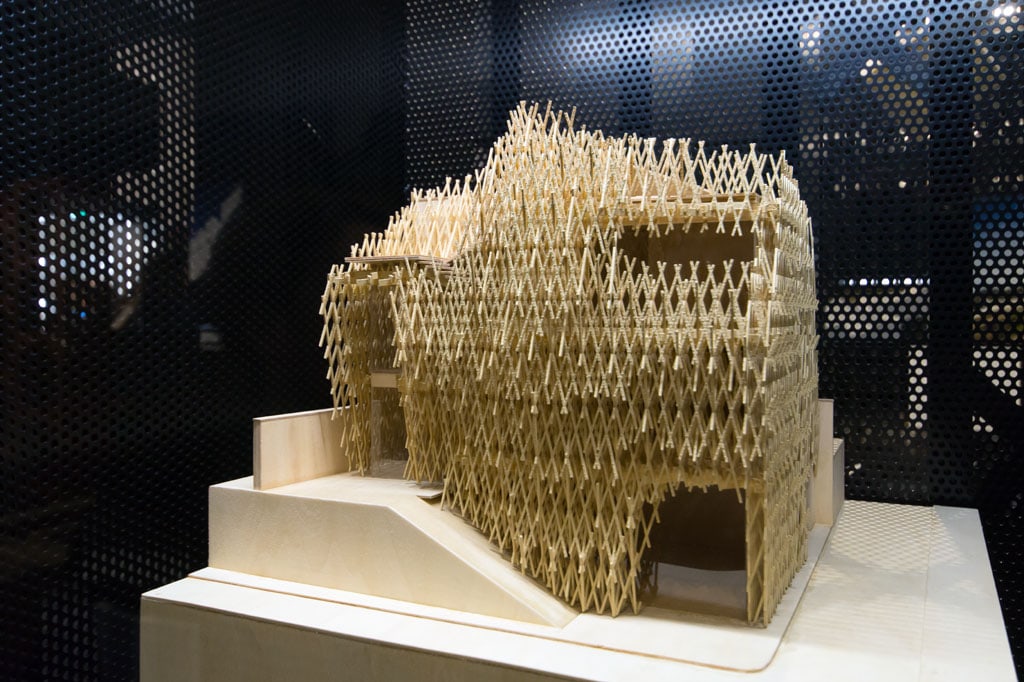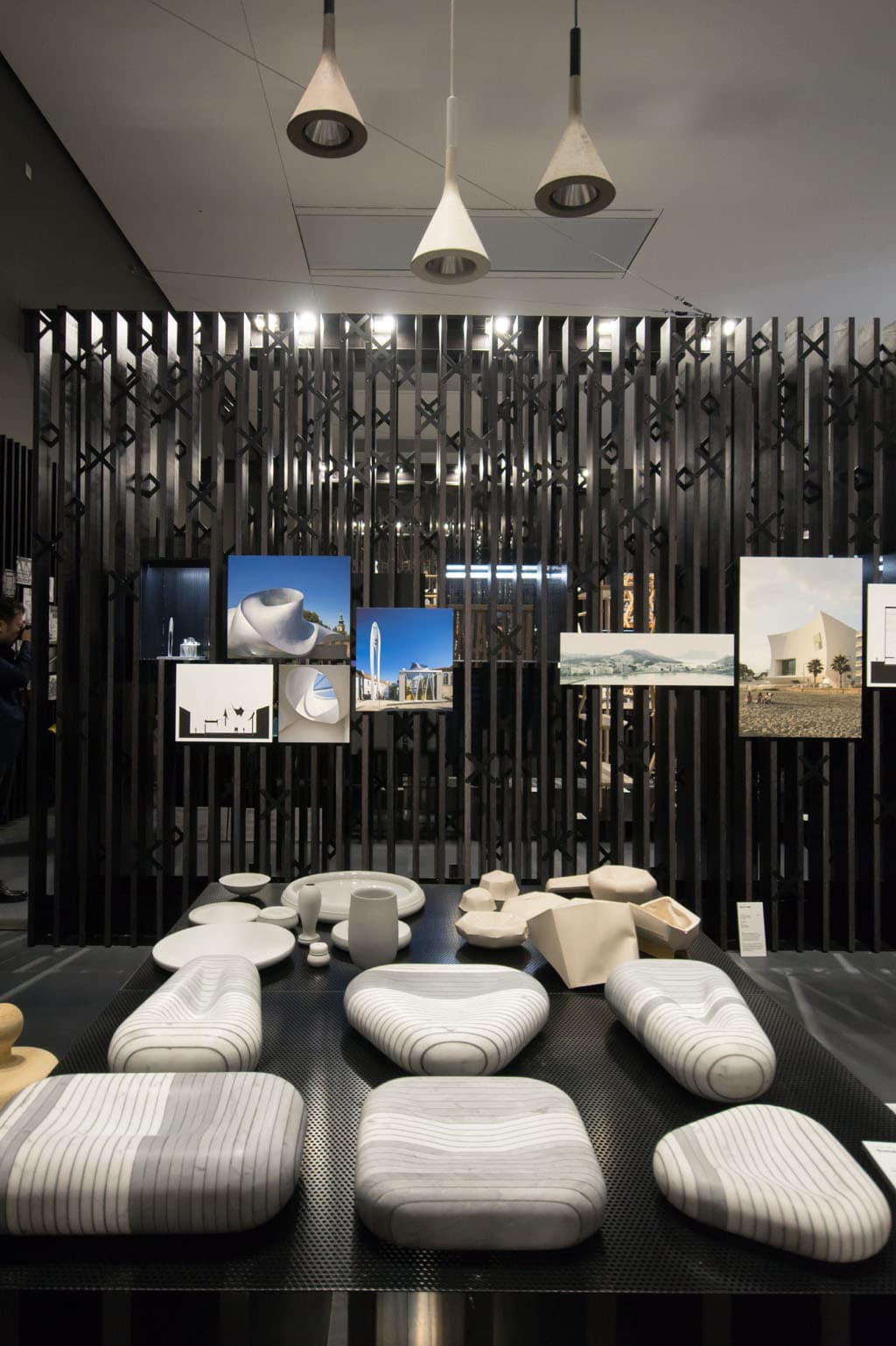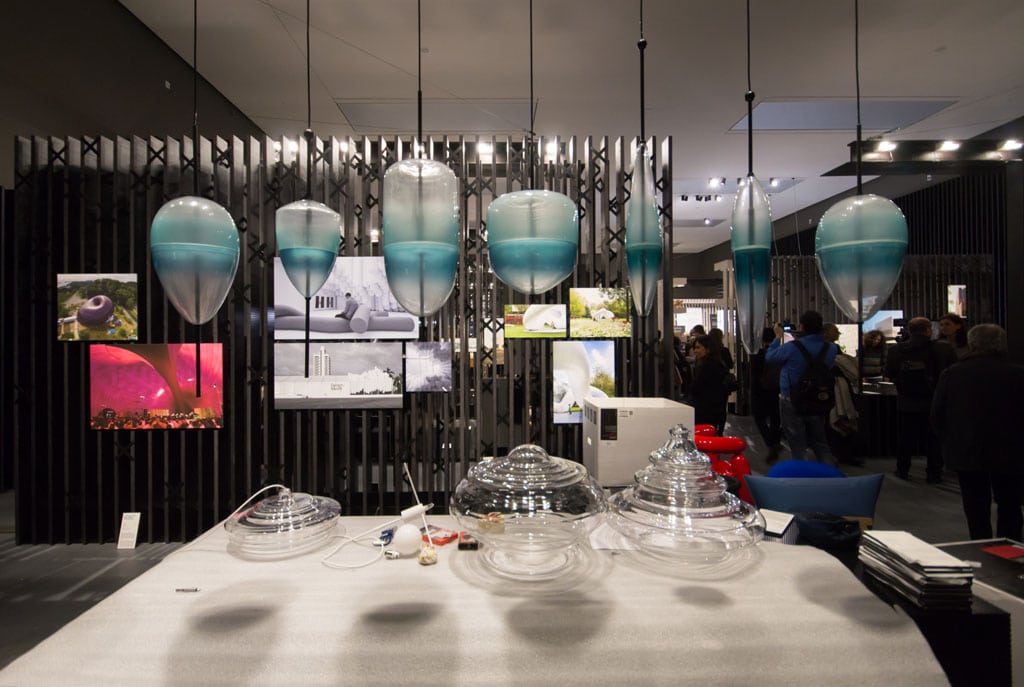Milan – Sempering: Materials and Forms at MUDEC
XXI Triennale International Exhibition
Temporary exhibition curated by Cino Zucchi, Luisa Collina
Scientific coordination: Valentina Auricchio, Simona Galateo
Exhibition design: CZA-Cino Zucchi Architetti,
Graphic design: Folder
SEMPERING
Exhibition at MUDEC – Museum of Cultures
XX1T – XXI International Exhibition of the Milan Triennale
Taking place at the MUDEC – Museum of Cultures of Milan, the exhibition Sempering, curated by Cino Zucchi and Luisa Collina, investigates the strict relationship between materials and forms in architecture and industrial design.
Installation views of “Sempering”, on view at the MUDEC Museum in via Tortona
The exhibition concept originates from the four categories coined by Gottfried Semper in 1851 – the year of the London Great Exhibition – in the essay Die vier Elemente der Baukunst (The Four Elements of Architecture), in which the German architect describes them as the fundamental constituents of architecture and building techniques in all places and times.
However, differently from other similar essays written in the 19th century, Semper goes beyond compiling a simple taxonomy of architectural elements, and creates relationships between construction skills and building parts; thus “the different technical skills of man became organized according to these elements: ceramics and afterward metal works around the hearth, water and masonry works around the mound, carpentry around the roof and its accessories (…) enclosure (evolved from) the art of the wall fitter, that is, the weaver of mats and carpets” (Gottfried Semper (1851), The Four Elements of Architecture, Cambridge, Cambridge Press, p. 103)
Sempering: views of the section “Stacking”, and “Engraving”
That first essay by Semper, and his later work Der Stil (The Style), is the input from which Cino Zucchi started conceiving Sempering (a neologism derived from Semper’s surname).
The exhibition is based on an array of eight categories, hence four more than those originally developed by the German architect, which relates the forms of architecture or an object to the various techniques and processes that transform materials, a curatorial intuition that produces an original vision of contemporary architecture and design.
Drawings, scale models, industrial products, furniture, prototypes, and material samples are presented according to the eight categories proposed: stacking – or the work of the bricklayer; weaving – or the work of the weaver, molding – or the labor of the foundryman or of the sculptor, connecting – or the art of the carpenter, folding – or the skill of the tinsmith; tiling – or the work of the tiler; engraving – or the art of the engraver; blowing – or the work of the grass-maker.
The section “Folding” and a detail of the textile made of wooden tiles, designed by Elisa Strozyk
Sempering talks about architecture and design, and does it clearly, by providing the visitors with instruments and elements to understand how much the final form is closely related to the manufacturing process that generated it.
General view of the section “Weaving” and a close-up of drawings, models, and photos of the Kupla Lookout Tower, Helsinki, 2002, Aalto University Wood Program, Villa Hara.
The exhibition is divided into nine sections; while the eight dedicated to manufacturing categories are enclosed by partitions made in pierced dark wood, the introductory section – which explains the title and cultural reference of the exhibition – is made of white-colored shelves and walls, on which manuscripts by Semper and documents by other authors, such as Paul Schmitthenner and Sigurd Lewerentz, are on show together with works by students of major schools of design and architecture.
Three views of the introductory section, with theoretical models and work by students of international architecture and design schools
Among the many exhibits on view, the exhibition showcases architectural drawings, photographs, and scale models, as well as prototypes, fabric, containers, light fixtures, and materials conceived by architects and designers including Zaha Hadid, Shigeru Ban, Diller Scofidio + Renfro, EMBT Miralles Tagliabue, Aalto University wood program, Akihita Hirata, Plastique Fantastique, Atelier Bow-Wow, Yuya Ushida, Archea Associati, Coop Himmelb(l)au, Nieto Sobejano Architects, Arata Isozaki, Anish Kapoor, Saurerbruch Hutton, Studio Odile Decq, Kengo Kuma, and Adjaye Associates, to name a few.
Kengo Kuma, scale model of the Sunnyhills showroom in Tokyo, section “Connecting”
Two views of the section “Moulding” with the wooden vases designed by Zaha Hadid in collaboration with the British designer Gareth Neal
Scale model, drawings, and photos of the Martin Luther Church in Hainburg-Donau by Coop Himmelb(l)au
Installation view of the sections “Blowing” and “Tiling”
SEMPERING
MUDEC – Museo delle Culture – Milan
From April 2 through September 12, 2016

The MUDEC – Museo delle Culture is an ethnographic museum in Milan; designed by British architect David Chipperfield, the museum opened on March 25, 2015
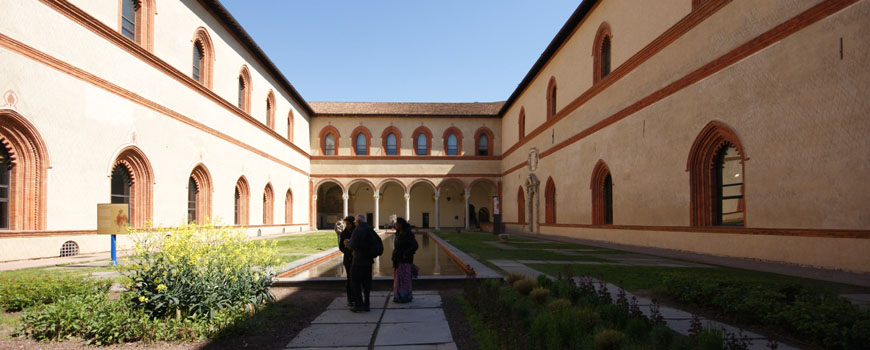
Milan
copyright Inexhibit 2025 - ISSN: 2283-5474

